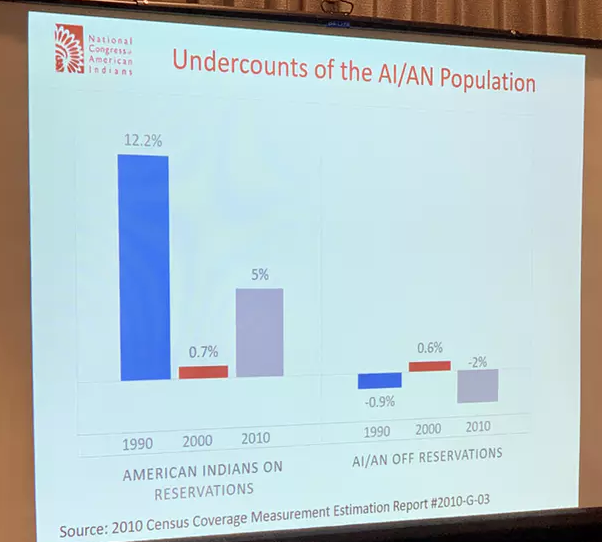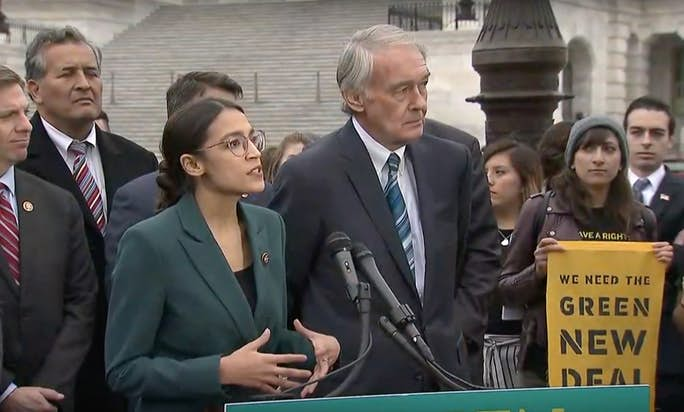HOW BAD MAPS ARE RUINING AMERICAN BROADBAND
ISPs are painting over US broadband problems, and the FCC is letting it happen
By Karl Bode Sep 24, 2018, 8:28am EDT
Like countless other American cities, Cleveland, Ohio, suffers from a lack of meaningful broadband competition. With only one or two largely apathetic ISPs to choose from, high prices, slow speeds, limited deployment, and customer service headaches are the norm. It’s particularly bad in the city’s poorer, urban areas. AT&T has avoided upgrading lower-income minority neighborhoods at the same rate as higher-income parts of the city, despite decades of subsidies and tax breaks intended to prevent that from happening, according to a report by the National Digital Inclusion Alliance (NDIA). Even in more affluent neighborhoods, users are lucky if they have an ISP that can deliver speeds over 50 Mbps.
The problem is much bigger than Cleveland, but the FCC isn’t ready to do much about it. US customers pay some of the highest prices for broadband in the developed world, and broadband availability is sketchy at best for millions of Americans. But instead of tackling that problem head on, the FCC is increasingly looking the other way, relying on ISP data that paints an inaccurately rosy picture of Americans’ internet access. And as long as regulators are relying on a false picture of US broadband access, actually solving the problem may be impossible.
As it currently stands, ISPs are required to deliver Form 477 data to the FCC indicating broadband availability and speed twice a year. But the FCC doesn’t audit the accuracy of this data, despite the fact that ISPs are heavily incentivized to overstate speed and availability to downplay industry failures. The FCC also refuses to make the pricing data provided by ISPs available to the public.
“THE BEST MAPS WE HAVE AT THE FEDERAL LEVEL ARE AWFUL.”
Worse, the FCC’s methodology declares an entire ZIP code as “served” with broadband if just one home in an entire census block has it. As a result, the government routinely declares countless markets connected and competitive when reality tells a very different story.
The FCC’s $350 million broadband map, for example, relies on the agency’s Form 477 data to help educate users on broadband availability. But users who plug their address into the map will quickly find that it hallucinates not only the number of broadband options available in their area, but the speeds any local ISPs can provide. A recent FCC update fixed none of these problems.
In Cleveland, the FCC’s map insists that city residents have at least six ISPs to choose from. But if you look closer, you’ll find that Cleveland residents really only have one option (Charter’s Spectrum) if they want a good connection. The other options the FCC cites include substandard satellite broadband, which is plagued by high latency and usage limits, and AT&T DSL, which is listed twice by the FCC but is patchy in its availability.
Given the unaudited unreliability of this data, the reality is likely even uglier. (This data doesn’t include pricing or restrictions on your line like usage caps and overage fees, which are glorified price hikes only made possible by said lack of competition.)
“The best maps we have at the federal level are awful,” notes Christopher Mitchell of the Institute for Local Self-Reliance (ILSR), a group dedicated to helping communities improve broadband availability. Even if the data were accurate, Mitchell notes, it’s usually 18 months old by the time it’s integrated into policy conversations.
“Broadband data is not a fine wine or cheese,” Mitchell says. “There is no reason to store it in a cave to age.”
Mitchell’s organization recently took a closer look at the disparity between reality and FCC data in Rochester, Minnesota, home of the Mayo Clinic. It’s a city of 114,000 people in southeastern Minnesota, the third-largest city in the state. Like Cleveland, Rochester residents are hungry for better, cheaper broadband.
According to the FCC’s data, Rochester is awash with broadband options. The agency insists that as many as a dozen broadband providers are available to most city residents. But according to the ILSR report, the reality is far different.
At least 4,000 of the 215,000 residents living within a 30-mile radius of the Rochester city center lack access to any broadband whatsoever. Another 42,000 people lack access to any fixed-line broadband options, driving them toward satellite broadband, which is considered the black sheep of the broadband sector due to cost, high latency, and daily or monthly usage restrictions.
Wireless is often promoted as a wonderful alternative to fixed-line broadband, but that’s not always the case. Wireless is often expensive, loaded with inconsistent restrictions, and users in rural markets often find themselves booted from the network for what’s often moderate usage. A monopoly over the fiber lines feeding cell towers only complicates the problem.
In Rochester, 19,000 consumers have the choice of only one local cable broadband provider — Charter’s Spectrum — and reality looks absolutely nothing like the picture ISPs and the FCC try to paint, Mitchell’s group found.
“Even where residents have a choice in broadband, anyone looking for speeds in excess of 40 Mbps will almost certainly have to subscribe to Charter Spectrum,” the report concludes.
In policy conversations, ISP lobbyists lean heavily on the FCC’s flawed data to falsely suggest that American broadband is dirt cheap and ultra competitive, despite real-world evidence to the contrary. ISPs also use this false reality to imply meaningful consumer protections aren’t necessary because the market is healthy (as we saw during the fight over net neutrality).
Some cities like Rochester have eyed either building their own broadband networks or striking public / private partnerships to fix the problem. But incumbent ISPs not only use the false FCC data to imply such efforts aren’t necessary, but they have lobbied (and, in some cases, written) protectionist laws in more than 20 states, prohibiting that from happening.
On the wider policy level, having accurate data is incredibly important as the government determines which areas are in need of broadband subsidies. That was a major point of contention at a recent FCC oversight hearing, as states vie for $4.5 billion in rural broadband deployment funds intended to shore up connectivity gaps.
“IF YOU DON’T KNOW THE BREADTH OF A PROBLEM, POLICYMAKERS CAN’T BE VERY STRATEGIC OR TARGETED IN FIXING IT.”
“The maps stink, and we’ve got to be more proactive in getting them fixed,” said Sen. Jon Tester (D-MT) at the hearing. “The providers created this problem by showing you a map that’s covered in red,” he said, suggesting that “we’ve got to kick somebody’s ass” to get the problem fixed.
Other government agencies agree. The General Accounting Office released a study last week stating that the FCC routinely overstates broadband availability on tribal lands, actively harming the government’s ability to get these marginalized populations connected.
“Residents of tribal lands have lower levels of broadband Internet access relative to the US as a whole, but the digital divide may be greater than currently thought,” the GAO said. “FCC data overstated tribes’ broadband availability and access to broadband service. These overstatements limit FCC and tribal users’ ability to target broadband funding to tribal lands.”
This inaccurate data “could affect FCC’s funding decisions and the ability of tribal lands to access broadband in the future,” the GAO wrote. That’s of particular concern as the Ajit Pai-led FCC contemplates reducing broadband subsidies for tribal areas as part of the agency’s slow dismantling of Lifeline, a program designed to help bridge America’s digital divide.
The GAO provided a laundry list of recommendations to fix the problem, but it seems unlikely that the FCC — given its eagerness to please incumbent providers — will rush to fix a problem that has plagued America for years.
“By painting a far rosier picture of the digital divide than is warranted, policymakers have a far less sense of urgency about fixing the problem,” notes Gigi Sohn, a lawyer under the previous FCC. “And of course, if you don’t know the breadth of a problem, policymakers can’t be very strategic or targeted in fixing it.”
Fixing the data collection methodology at the heart of the problem shouldn’t be complicated, Sohn said, but ISPs have routinely lobbied against nearly every effort to do so.
“I would require the Internet access providers to, at a minimum, do a block-by-block mapping, and preferably, every home or building, along with prices, which would then be reported on the Form 477,” Sohn said when asked how she’d go about fixing the problem.
“It’s just a lack of political will to ask the companies to do more,” Sohn said.





Comments are closed here.